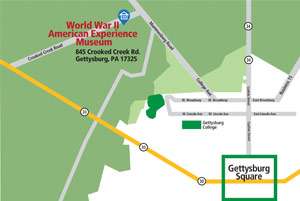Join us for an afternoon of learning during three history talks.
The USS Panay Incident
The USS Panay incident on December 12, 1937, was a Japanese bombing attack on the U.S. Navy river gunboat Panay and three Standard Oil Company tankers on the Yangtze River. Japan and the United States were not at war at the time. The boats were part of the American naval operation called the Yangtze Patrol, which began following the joint British, French, and American victory in The Second Opium War. Public reaction was mixed in the U.S., with the president weighing various diplomatic and military responses only to settle for an apology and compensation The Japanese claimed that they did not see the U.S. flags painted on the deck of the gunboat. Tokyo officially apologized and paid a cash indemnity. The settlement mollified some of the U.S. anger, and newspapers called the matter closed.
Defending the Pacific Outposts: The United States Marine Corps & Coast Defense
In August 1939, recognizing the Japanese threat in the Pacific, the Marine Corps organized the first of 20 Defense Battalions. While the Marine Corps had long had the mission of seizing advance naval bases in a campaign against a Pacific enemy, it was also recognized that it needed to defend existing Pacific Island outposts against the Japanese. Many months before the Pearl Harbor attack on December 7, the Marine Corps had placed significant forces in the Philippines, American Samoa, Wake Atoll, Palmyra Island, Johnston Island, and Midway Atoll. This presentation looks at the history of Marine Coast Defense, the successful and unsuccessful battles fought by the Defense Battalions, and the Marine Corps’ coast defense mission in the 21st Century.
Henry Class Munson and the American Submarine Campaign Against Japan
The American submarine campaign against the Japanese Empire in World War II played a major role in the defeat of Japan. This presentation looks at the submarine campaign through the wartime career of Commander Henry Munson. Munson commanded three different submarines in the war from January 1942 through November 1944, was awarded three Navy Crosses, and sank eight Japanese ships including an aircraft carrier.
Meet Our Speakers
Dr. Patrick McGinty earned his PhD in History from Georgetown University and retired from the U.S. Navy in 1981.
He’s continued to pursue his interests in teaching and academic research at the Osher Lifelong Learning Institute at George Mason University.
Lt. Col, USMC (Ret) Marshall K. Snyder earned his BA in History from Washington and Lee University and MS in ITSM from Capital Technology University.
Talks included with general museum admission.


